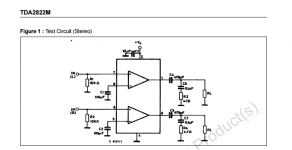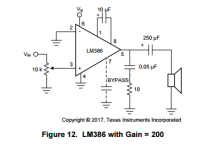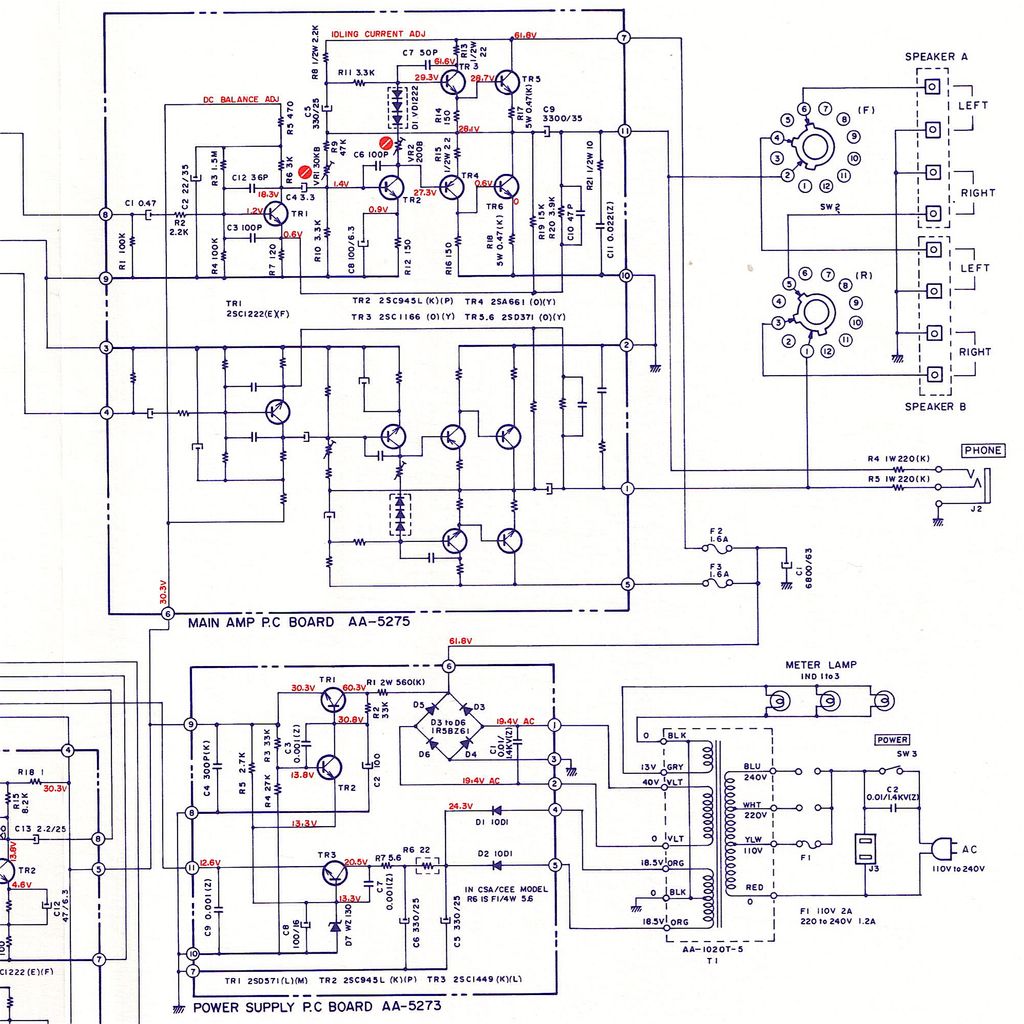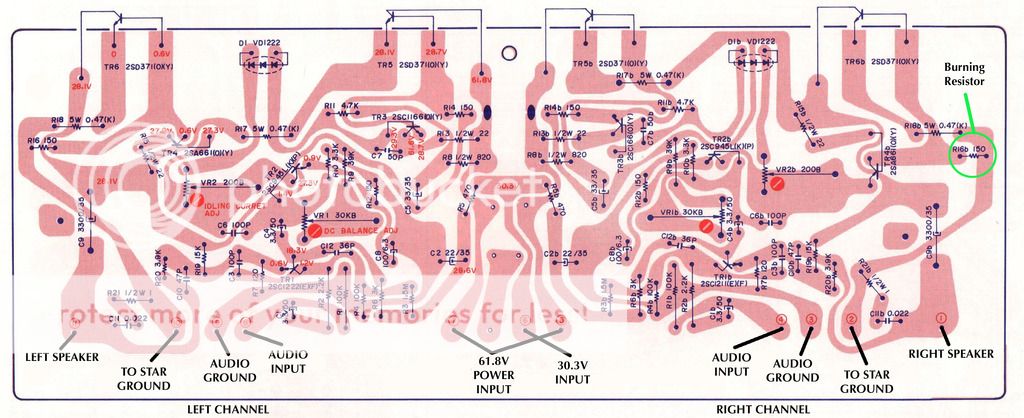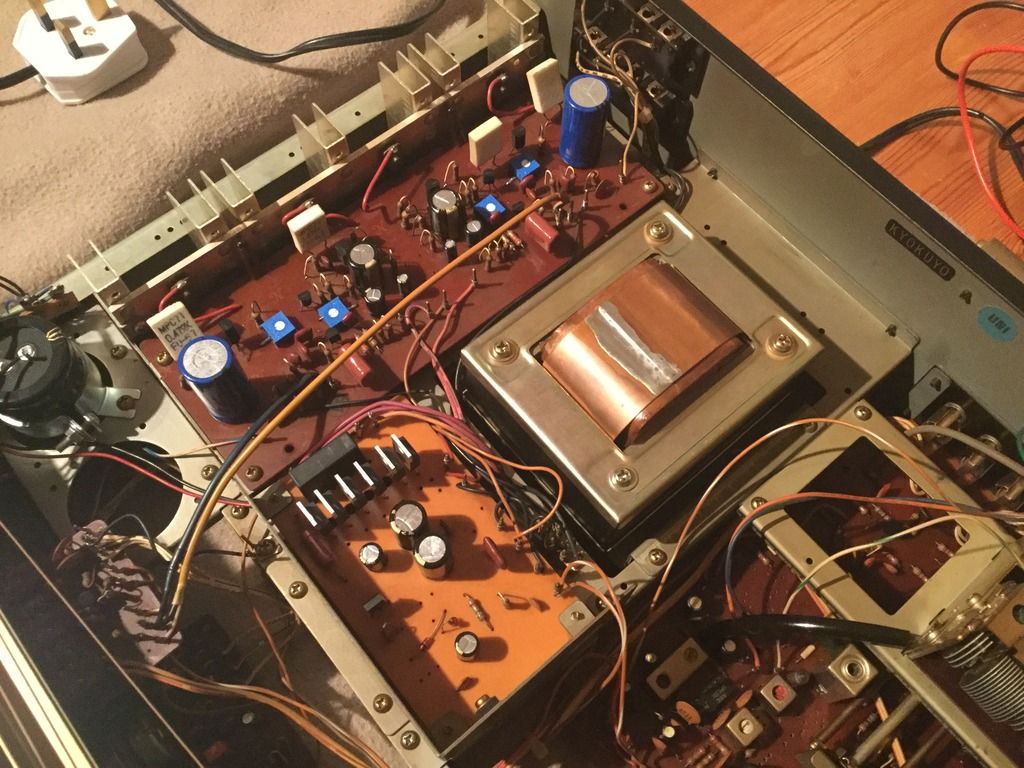Hello! Soon I'll be moving out from my house so I need a pair of speakers that I can carry with me. They have to be active because I don't want to carry around an amplifier when I move. It also has to be extremely compact, 4 liters is the absolute maximum but I'd like to stay below that. It won't have to play loud, but I'd like something with a bit of headroom and decent bass extension. It also has to be very cheap.
For this reason, my driver choice for the woofer has fallen onto the Dayton Audio TCP115-4. I want to use the 4 ohm version because it's more efficient.
It goes pretty low in a 2,5liter PR (or BR) enclosure tuned to 60Hz. It's also very cheap.
I think I will use a 5" chinese passive radiator. I will have to measure the tuning afterwards but it should work ok, if it has enough excursion. The SB acoustics models cost more than the woofer!
But I need to find a tweeter. I could either get a new tweeter when I purchase the woofers, which will have to be cheap and of at least 19mm (3/4") in diameter since the TCP can't cross very high, or also a used one. I also want it to have a compact faceplate to keep the two emission centers as close as possible.
After taking a quick glance on Soundimports, it seems that those models are the cheapest.
HiVi T20-8
Dayton TD20F-4
Dayton ND25FA-4 (slightly more expensive)
I don't trust HiVI too much, I've read stories of out of specs drivers, I don't know it true so that's part of the reason why I'm asking.
If I want to get a used one, I could opt out for a pair of Ciare CT190 which cost as much as a pair of T20-8 or a pair of Hertz HT20 (which cost way less). These are also great because they have a metal mesh so they don't get damaged when moving the speakers! Can't find much info about the Hertz, and I'm not too sure about how well the Ciare will tolerate a 3500Hz crossover point. It also has a poly dome and they don't sound nor measure as well as paper cones or silk domes, at least according to my very limited experience.
For the amplifier, I couldn't find anything. The Lepai LP40PA is perfect, however is too expensive given the nature of the speaker. I could just buy an amplifier board and place it inside the speaker, but then cooling would become an issue because the speaker doesn't have a single hole. Do you have any ideas on recommendations on this?
I'm attaching the simulated response (+0,5ohm series resistance)
